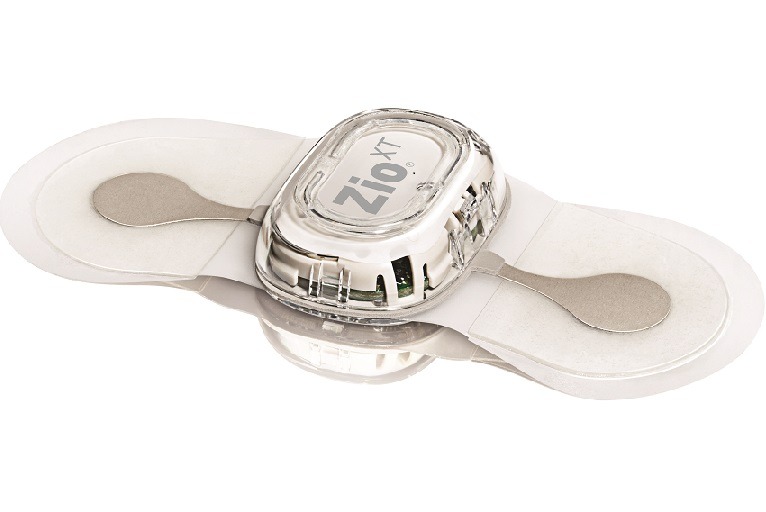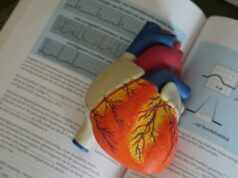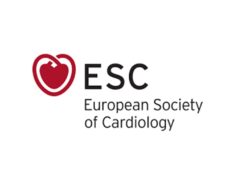
James Teo was the chief investigator in the EPACS clinical trial, testing the performance of the Zio Patch (iRhythm Technologies) wearable biosensor. He outlines to Cardiac Rhythm News his experience with the device and discusses its use in the diagnosis of cardiac arrhythmias, such as atrial fibrillation (AF).
What is the burden of undiagnosed AF, and what are the risks?
In many patients who have an ischaemic stroke or transient ischaemic attack (TIA), the cause of the stroke remains undiagnosed. A significant proportion of these are likely to be due to paroxysmal AF, which is difficult to confirm without prolonged cardiac monitoring, as it is intermittent. If the condition remains undiagnosed, most patients are treated with antiplatelets only, which is not an adequate therapy for secondary stroke prevention, leaving these patients at increased risk of a future stroke.
How does a device such as the Zio Patch work, and how does it differ from existing methods of diagnosis?
The iRhythm Zio Patch allows real-world, continuous cardiac monitoring over a 14-day period. Although Holter ECGs are more commonly used in the UK, they are typically limited to between three and seven days monitoring, due to issues around tolerability. The Zio Patch is waterproof and its continuous use allows much longer periods of readable recordings. It is also less disruptive for patients as they can continue with most everyday activities, including washing, while wearing it.
What has been your experience of using different diagnostic methods?
I used the Zio XT service for the EPACS clinical trial (Early prolonged ambulatory cardiac monitoring in stroke),1 and found patients preferred the Zio Patch as they did not like attending multiple appointments for placement and removal of Holter ECGs. They also considered it to be liberating, and we found higher usability and completion of cardiac recordings when using the patch compared with Holter ECGs.

What data support the use of the Zio Patch? Does it have advantages over other systems?
The EPACS randomised controlled trial provides good evidence for using the Zio Patch after a stroke and transient ischaemic attack (TIA), with a detection rate of paroxysmal AF over six times greater than Holter ECG. Together with the ergonomic form, this was useful for the mSTOPS trial,2 a large-scale AF screening study in the USA which used the Zio Patch.
What studies are ongoing?
Our team in South London, together with the Health Innovation Network, are extending the use of the Zio Patch and investigating the impact of the device on the efficiency of stroke care pathways to work out the health and economic impacts. Other ongoing studies will extend coverage in other disease domains, including congenital heart disease and syncope.
What is the impact on diagnostic accuracy, and how does this affect the overall cost of care?
Data from the EPACS study demonstrates the improved diagnostic accuracy of the Zio Patch compared to standard Holter-based systems. This increased yield suggests there could be a reduction in the need for repeat investigations or wasted appointments through non-diagnostic results. Health economic evaluation of the device by the National Institute for Health and Care Excellence (NICE) is currently underway.
How can the role of artificial intelligence (AI) in this area be further developed in the future?
In the near future, remote cardiac monitoring systems with real-time data transmission will generate a huge volume of data, which may be beyond the current capacity of health services depending on human analysis. This will be complemented by the pace of developments in artificial intelligence (AI). A greater volume of data will allow generation of algorithms with higher accuracy and fidelity, which could increase the efficiency of ECG reporting to near real-time.
Automated calculation of AF burden will increase the ability of these systems to quantify stroke risk with higher precision.3 Additionally, multisource, natural language processing phenotyping algorithms of health records4 will allow for intelligent sub-typing and risk scoring. Cross-modal synthesis of medical imaging and ECG data with AI-based techniques will produce new insights about cardiac arrhythmias which are not currently perceivable.
James Teo is clinical director of Data Science at King’s College Hospital NHS Foundation Trust, London, UK. He specialises in the use of wearables and digital technology for health.
References
- Kaura A, et al. Early prolonged ambulatory cardiac monitoring in stroke (EPACS): an open-label randomised controlled trial. European Journal of Medical Research 2019; 24 (25).
- Steinbuhl S, et al. Effect of a home-based wearable continuous ECG monitoring patch on detection of undiagnosed atrial fibrillation: the mSToPS randomised clinical trial. Journal of the American Medical Association (JAMA) 2018; 320 (2).
- Go A, et al. Association of burden of atrial fibrillation with risk of ischemic stroke in adults with paroxysmal atrial fibrillation: the KP-RHYTHM study. JAMA: Cardiology 2018; 3 (7).
- Bean D, et al. Semantic computational analysis of anticoagulation use in atrial fibrillation from real world data. PLoS ONE 2019; 14 (11).












